Unfortunately as the war progressed the Blenheim was quickly outstripped by other aircraft and its flaws exposed. Daylight raids, one Captainw as quoted as saying the only 25% losses were a good raid, and when they brought the designers in to improve the aircraft, the same pilots were rarely at a second meeting.
Because of the heavy losses, it was switched to nighttime bombing only as unescorted raids left it vulnerable to the newer generation of fighters. A total of three Victoria Crosses were awarded to Blenheim crewmen (according to the RAF site).
By 1943 it had been almost entirely replaced, but its service in the early years of the war was vital. As a bomber it handled a number of raids, taking horrific casualties as the aircraft's speed was reduced by a full bomb loads. As a fighter/bomber it served well early on, but was quickly outperformed by the newer machines.
Speed Problems
The prototype's great speed was never fully realised in production. The weight of the bombs and the redesign to fit cannon both slowed her significantly, leaving her vulnerable to better armed, more modern fighters.


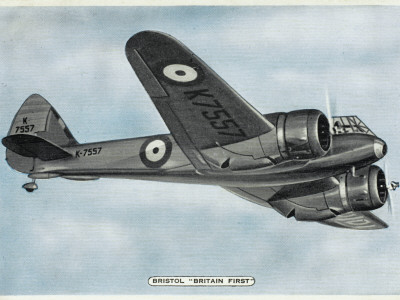
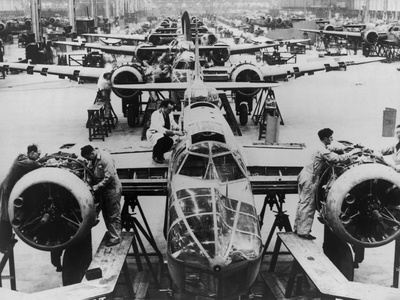
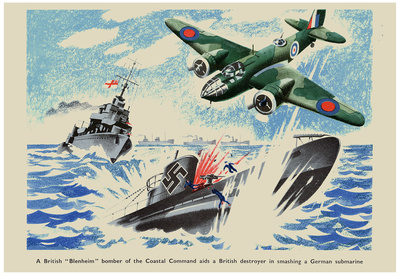
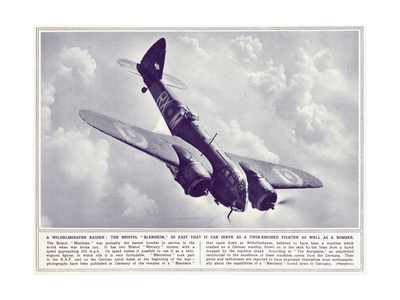
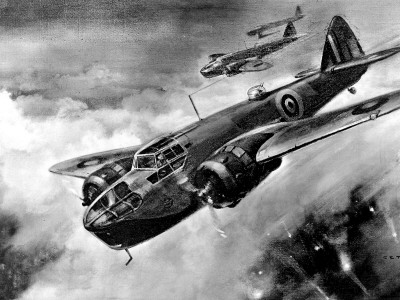


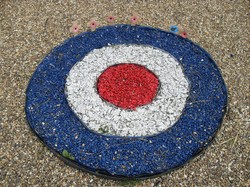

 Alternatives to Tweetdeckon 03/06/2015
Alternatives to Tweetdeckon 03/06/2015
 Computer Game reviewson 02/28/2015
Computer Game reviewson 02/28/2015
 The Bard's Taleon 02/04/2015
The Bard's Taleon 02/04/2015
 Domeboon 02/04/2015
Domeboon 02/04/2015

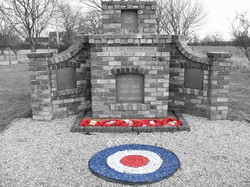

Comments